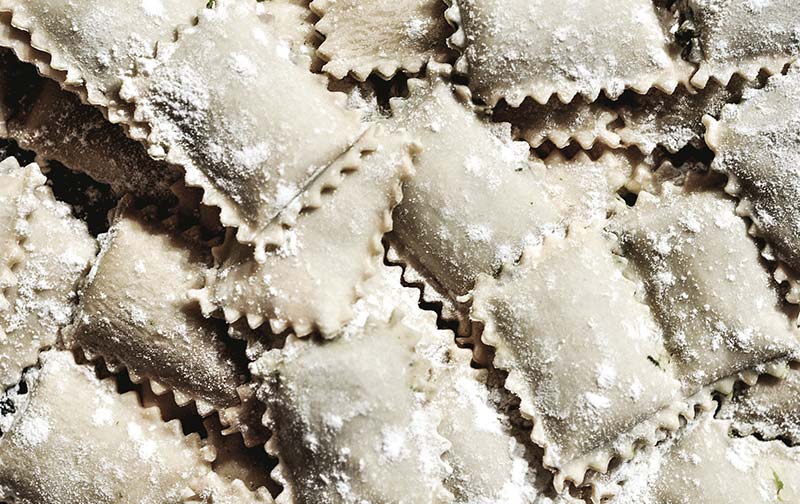
The Impact of Wine Tariffs: What You Need to Know
The impact of wine tariffs has become a topic of concern for wine enthusiasts and industry professionals alike. With the recent trade disputes and global tensions, wine tariffs have been implemented by various countries, causing a ripple effect on consumers, producers, and distributors.
In this article, we delve into the implications and consequences of these wine tariffs, giving you the essential information you need to navigate this changing landscape. We analyse how these tariffs affect the prices of your favourite wines, the availability of certain varieties, and the overall industry dynamics.
From the potential shift in supply chains to the impact on small wineries, we explore the multifaceted aspects of wine tariffs, shedding light on how they may reshape the market. Whether you’re a wine connoisseur or an industry professional, understanding the implications of these tariffs can help you make informed decisions and stay ahead in this ever-evolving industry.
Join us as we unravel the complexities of wine tariffs and provide you with the knowledge you need to navigate this challenging terrain.
Understanding the Basics of Tariffs
Tariffs are taxes imposed by governments on imported goods, and they serve several purposes in international trade. Primarily, tariffs are used to protect domestic industries from foreign competition by making imported products more expensive. This practice encourages consumers to purchase locally produced goods, thereby bolstering the home economy. However, tariffs can also generate revenue for the government, which can be utilized for various public services and infrastructure projects. The complexity of tariffs often leads to significant changes in market dynamics, particularly in industries like wine.
When a country imposes a tariff on imported wine, it raises the cost of that wine for consumers and distributors. As a result, the price of foreign wines increases, making them less competitive compared to domestic options. The impact of tariffs can be profound, affecting everything from consumer choices to the profitability of wineries. For wine enthusiasts, this means potentially higher prices for their favourite varietals, while for producers, it may lead to a re-evaluation of their export strategies.
Understanding tariffs also involves recognizing their broader implications. Trade disputes between countries can lead to retaliatory measures, where one country imposes tariffs in response to another’s actions. This tit-for-tat approach can escalate tensions and create an unstable trading environment. For the wine industry, navigating these complexities is crucial as they seek to maintain profitability and market share in a rapidly changing landscape. It’s essential for both consumers and industry stakeholders to stay informed about tariff developments, as these changes can directly impact their experiences and operations.
“The US wine industry employs 1.74 million people and generates $68.1B in sales through both retail and hospitality channels. Approximately a third of these sales are from imports, 75% for wines produced in EU countries. Those wines are sold by every mom-and-pop corner liquor store struggling to pay the rent, every salesperson trying to meet her sales target, every young person waiting tables to put themselves through school, every truck driver working around the clock to deliver packages to consumers and businesses, and many thousands of other middle-class Americans around the country who work in the wine industry. The proposed tariffs, which range from 25-100%, will have a devastating effect on these people and their families.”


The Impact of Wine Tariffs on Consumers
The direct impact of wine tariffs on consumers is perhaps the most immediate and noticeable consequence of these trade policies. When tariffs are applied to imported wines, the cost of those wines typically rises. For wine enthusiasts, this can mean paying significantly more for their favourite bottles, which can lead to a shift in purchasing habits. Consumers may start to favour domestic wines as they become more cost-effective in comparison to their imported counterparts. This shift can alter the overall wine market, affecting both supply and demand dynamics.
Moreover, the availability of certain wines can also be impacted by tariffs. Some wine producers may choose to reduce their exports to countries imposing high tariffs, leading to a scarcity of specific varieties in those markets. This scarcity can result in a limited selection for consumers, who may find it challenging to acquire particular wines they enjoy. Additionally, wine lovers who seek out diverse international options may find their choices diminished, limiting their ability to explore new flavours and regions.
Beyond individual preferences, the broader economic implications of wine tariffs can affect consumer behaviour. As prices rise, consumers may become more price-sensitive, opting for lower-priced wines or seeking out promotions and discounts. This change in behaviour can lead to a decline in overall wine consumption, impacting the industry’s growth. For consumers, understanding the ramifications of wine tariffs is essential, as it allows them to navigate their purchasing decisions in a market that is increasingly influenced by international trade policies.
The Impact of Wine Tariffs on the Wine Industry
The wine industry is intricately tied to global trade, making it particularly vulnerable to the effects of tariffs. When tariffs are introduced, producers must adapt to a rapidly changing environment, which can have significant implications for their operations and profitability. For many wineries, especially small or boutique operations, the added costs associated with tariffs can be daunting. They may face challenges in maintaining their market share as consumers turn to more affordable domestic options.
Furthermore, the impact of tariffs can extend beyond pricing. Wineries that export their products may find it increasingly difficult to navigate the complexities of international trade. Tariffs can create uncertainty in the market, making it challenging for producers to forecast demand and plan their production accordingly. This unpredictability can lead to overproduction or underproduction, both of which can harm a winery’s financial stability. In a competitive landscape, the ability to respond quickly to market changes is crucial for survival.
Additionally, the ramifications of wine tariffs can lead to shifts in consumer preferences over time. As imported wines become less accessible or more expensive, consumers may develop a greater affinity for domestic wines, altering the landscape of wine appreciation and consumption. Wineries must recognise this trend and potentially recalibrate their marketing strategies to appeal to a changing consumer demographic. Understanding the broader implications of tariffs is vital for industry stakeholders as they strive to adapt and thrive in a fluctuating market.


